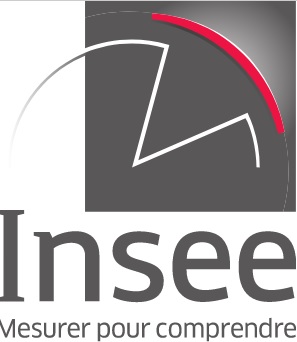01/05/22
- Journals
We study the valorization of cryptocurrency in an overlapping generations model where agents have the choice between crypto- and central bank currency. We pay attention to three features of cryptocurrency: it is a risky asset (because of frauds and hacks), which one acquires by bearing transaction costs, and its supply reaches its upper limit in a finite time (e.g., Bitcoin). We consider both the standard case with linear–quadratic utility functions and the more general case where utility functions are not specified. We find that the effect of an increase in cryptocurrency on the currency prices depends on the transaction costs that individuals bear to get cryptocurrency. In particular, when these costs are convex non-increasing in the quantity of cryptocurrency, the cryptocurrency price may increase with this quantity. Otherwise, when the transaction costs are either increasing or concave non-increasing, the cryptocurrency price decreases with the quantity of cryptocurrency. We also show that the cryptocurrency and the central bank currency prices always move in opposite directions.




